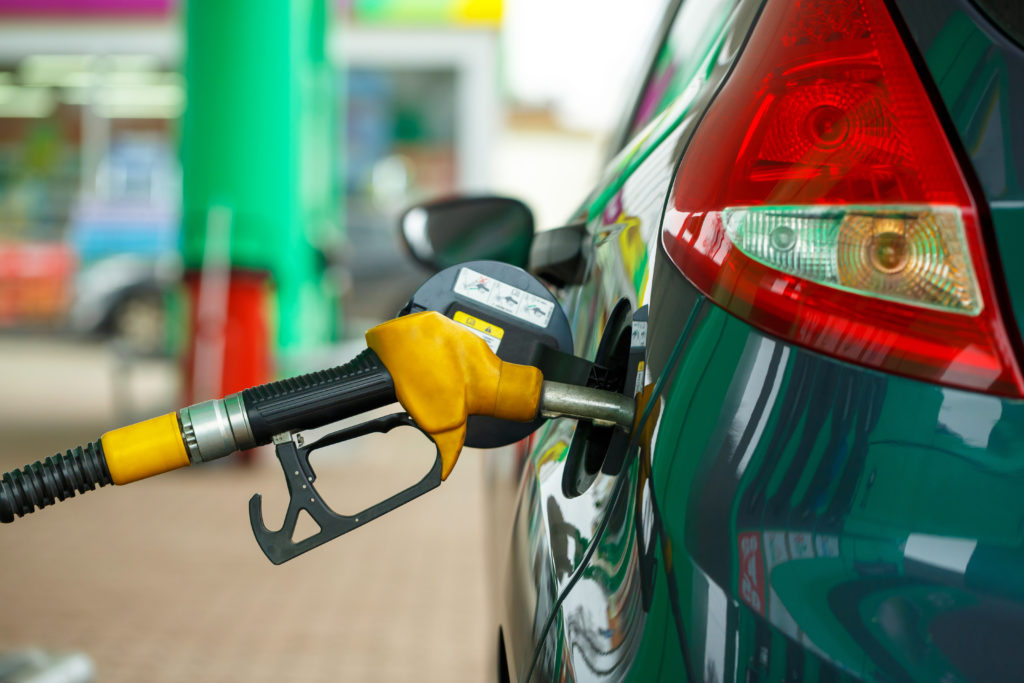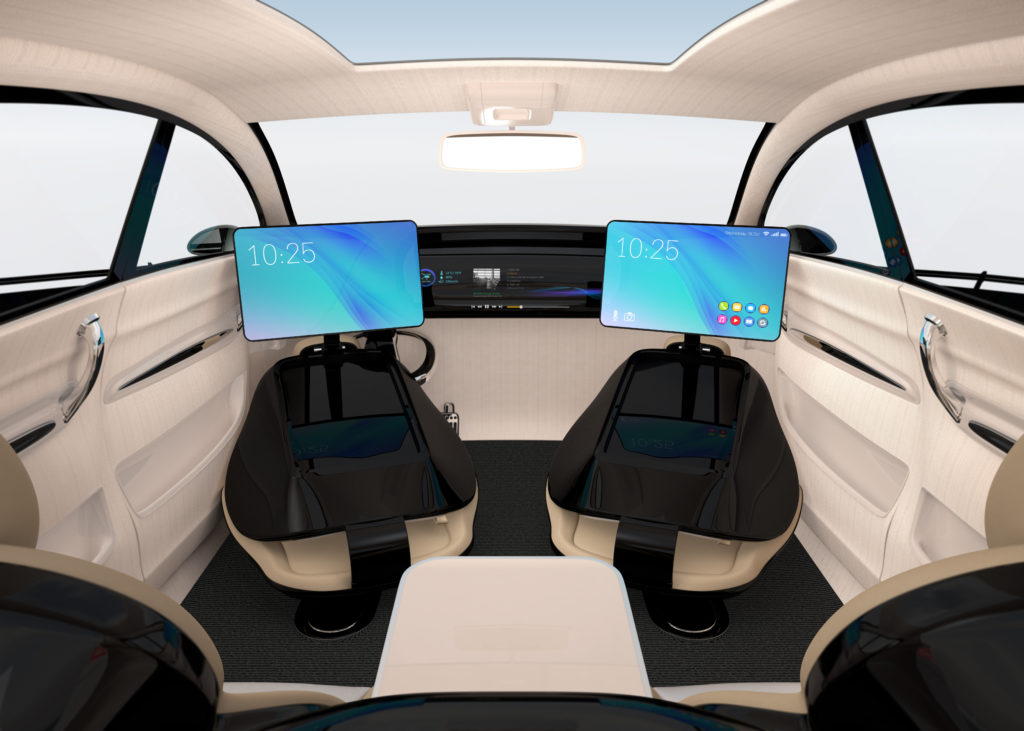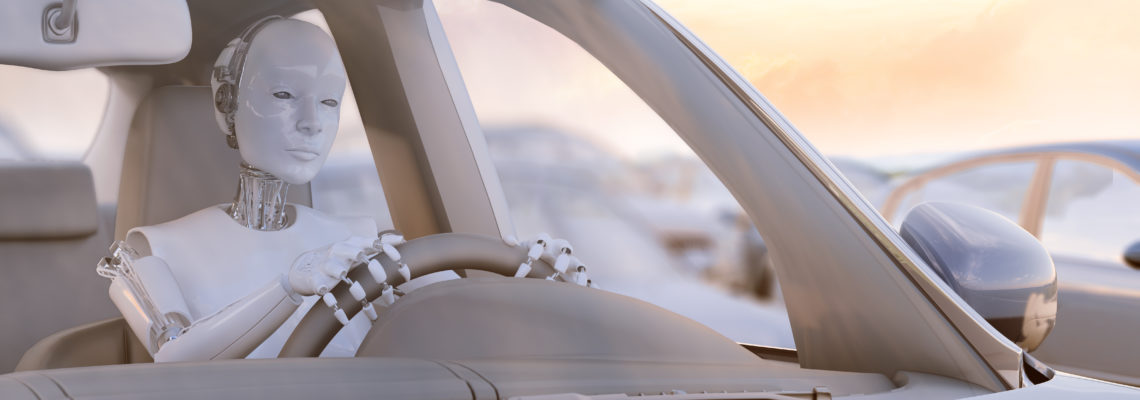This post is also available in: Deutsch
In India, Norway and the Netherlands those in politics are quite outspoken in their demand for a ban on petrol and diesel engines - something which is also voiced by some in Germany.
A number of these scenarios predict that the combustion engine will be replaced by other propulsion alternatives as from 2025 – and, in particular, by the electric motor. Norway, for instance, is planning to only allow electric-propelled cars, buses and light utility vehicles to be newly registered from this time.
Does the Combustion Engine Have a Future?
Will the combustion engine soon be discarded? The expectation from an EU study is that even in 2040 around 85% of new vehicles and roughly 95% of all cars will still have a combustion engine. Other forecasts envisage other developments, such as a petrol and diesel-engine share of only 50% as from 2030.

What is clear is that for the moment the combustion engine will probably remain the main form of propulsion for cars. This is also revealed in another current figure. According to the German Motor Transport Office, 19,244 new VW Golfs were registered in February 2016 – however only 69 of them were without either a petrol or a diesel engine.
There will be greater demand for the hybrid engine until the electric motor will be completely effective.
After all, the number of electric vehicles which can be supplied continues to be small. Growth here is only proceeding very slowly. For it to take off, battery production will have to be significantly raised and the charging station infrastructure developed much further.
Looking ahead, there will, in all probability, be a greater demand for the classic petrol engine combined with the electric motor as a hybrid form. This depends, in turn, on what ranges the cars come up with.
Less and Less Weight Thanks to New Materials
Cars are weighing more and more. The reason here is obvious given the continuous increase in electronic components, such as safety systems including ABS, ESP and active steering systems. This is not to forget those components which add to comfort and convenience, such as air-conditioners, electrical window regulators and heated seats.

However, the more a car weighs, the more fuel is used and the more the exhaust fumes are produced. As the exhaust standards become ever tighter, car manufacturers are being forced to make their vehicles lighter. A low weight for trucks and utility vehicles is the key to increased transportation capacities.
These requirements will be intensified in the future. How can they be fulfilled? The answers lie in lower-weight materials. Theses are special-purpose plastics which are lighter than rubber or metal. Their impact is substantial. Reduction of the weight of a vehicle by 100 kgs produces a drop in fuel consumption as per 100 kms of half a litre.
Magnesium is considered as one of the new materials for lightweight construction - it weighs up to 25% less than aluminium.
Automobile manufacturers will therefore concern themselves more with lightweight construction and will deploy fibre-reinforced plastics. Even now parts of the VW Lupo hatchback are of magnesium and this is also the case with the Open Vectra dashboard and the gearbox casings of Mercedes-Benz limousines. These materials weigh up to 25% less than aluminium – which up to now has been considered as one of the new lightweight construction metals.
Fibre-reinforced plastics started out by being used in aviation. Roughly 50% of the Boeing Dreamliner 787 is made of these materials. As a result, the plane consumes roughly 20% less kerosene than an older 787 which is not equipped with lightweight materials. The plastics have become accepted in the automobile industry and will continue to assert themselves.
Electric Motors, Hybrids and Driverless Cars
New trends are forcing the large car-makers to re-establish themselves. Bill Ford, CEO of the US Ford car manufacturer, recently commented: "We are being transformed from a traditional automobile manufacturer into a mobility concern. In 10 years time, our business model will look utterly different to today's."
Still not at a satisfactory stage of development are the innumerable sensors upon which the driverless cars depend.
Ford has already shown what this could look like. In 2015 the automobile manufacturer bought the US startup Chariot company which - with its vans - intends to provide an alternative to the usual forms of local public transport. Whilst the car sharing concept is being increasingly enquired into, the demand for new vehicles is dropping. This is where solutions are needed.
Chariot has also undertaken the first steps towards driverless cars. This also interests Ford as it has said that it intends to supply fully autonomous cars up to 2021 to the exclusion of steering wheel and pedals. The technology is there now; test vehicles have already clocked up thousands of kilometres.

Still not at a satisfactory stage of development, however, are the innumerable sensors and their interactions upon which the driverless cars depend. Experts estimate that even by 2026 85% of all newly constructed vehicles will at least be provided with basal telematics. This means cars be able to communicate with each other and their surroundings.
Alternative propulsions in the form of electric motors, hybrid power units, fuel cells and bio-fuels will play a role in the long term. A major trend here is already with us. Increasingly being enquired into are electric-driven vehicles for material handling and conveying such as fork-lift trucks.




